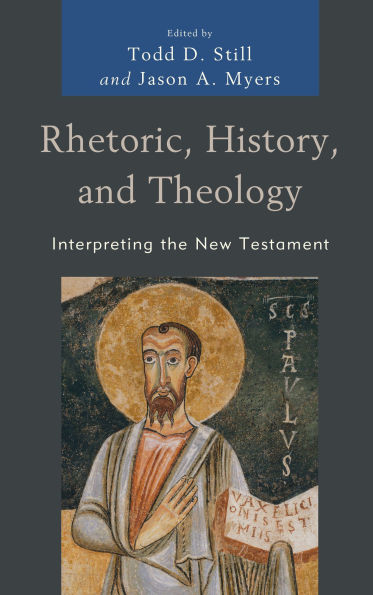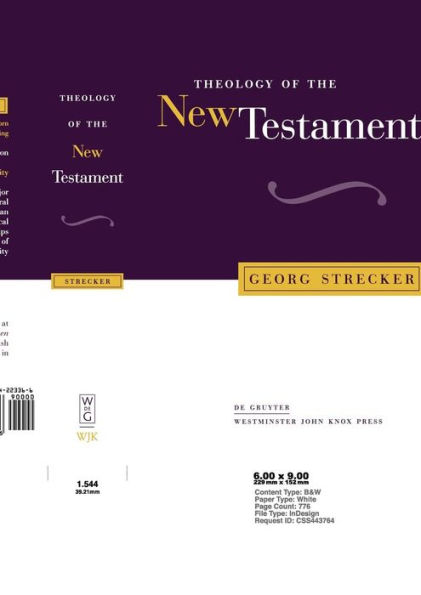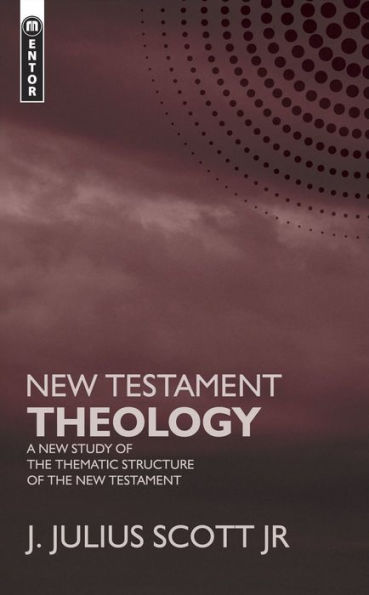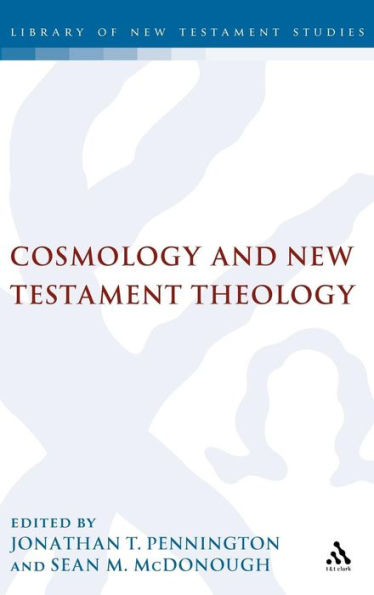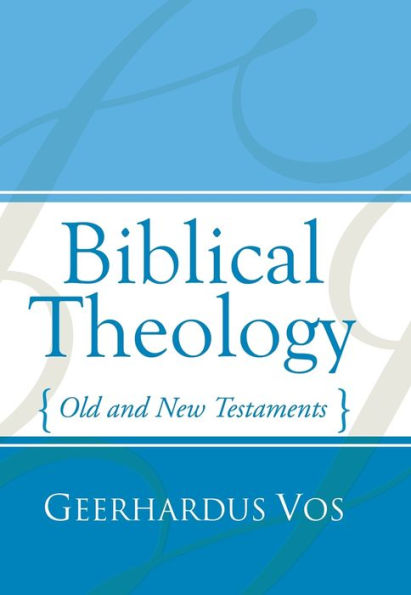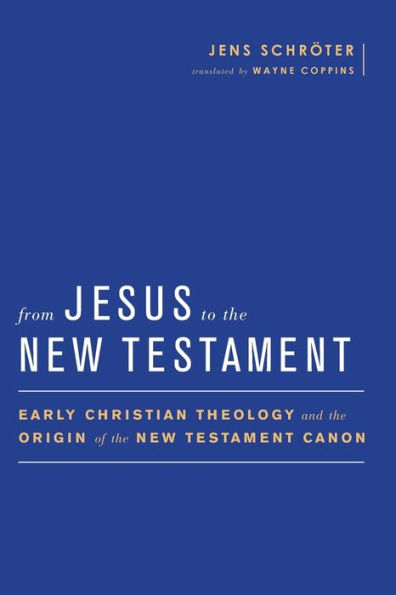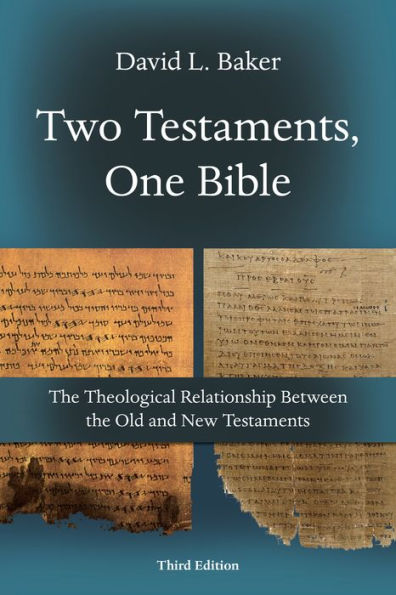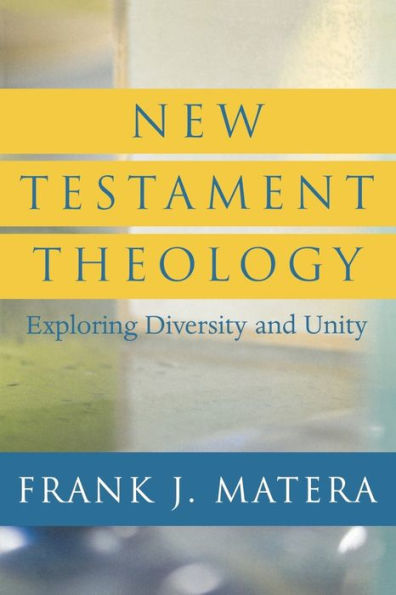Home
Rhetoric at The Boundaries: Art and Theology of New Testament Chain-Link Transitions
Barnes and Noble
Rhetoric at The Boundaries: Art and Theology of New Testament Chain-Link Transitions
Current price: $49.99
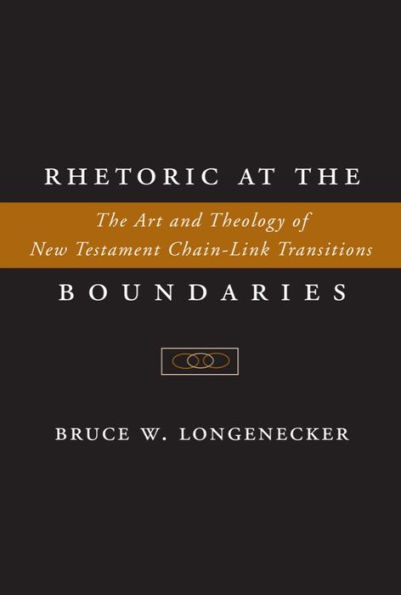

Barnes and Noble
Rhetoric at The Boundaries: Art and Theology of New Testament Chain-Link Transitions
Current price: $49.99
Size: Hardcover
Loading Inventory...
*Product information may vary - to confirm product availability, pricing, shipping and return information please contact Barnes and Noble
In
Rhetoric at the Boundaries
Bruce W. Longenecker explores the way in which New Testament authors used an ancient rhetorical device to effect smooth transitions, both large and small. His study demonstrates how recognition of this rhetorical technique proves decisive for New Testament interpretation. Longenecker accomplishes this by examining the evidence for chain-link interlocks in a variety of ancient sources, including the Hebrew scriptures, Jewish and Roman authors of the Graeco-Roman world, and the Graeco-Roman rhetoricians. He then applies the results of the survey to fifteen problematic passages of the New Testament. In each case, Longenecker establishes the presence of chain-link interlock and highlights the structural, literary, and theological significance of the rhetorical device for New Testament interpretation.
Rhetoric at the Boundaries
Bruce W. Longenecker explores the way in which New Testament authors used an ancient rhetorical device to effect smooth transitions, both large and small. His study demonstrates how recognition of this rhetorical technique proves decisive for New Testament interpretation. Longenecker accomplishes this by examining the evidence for chain-link interlocks in a variety of ancient sources, including the Hebrew scriptures, Jewish and Roman authors of the Graeco-Roman world, and the Graeco-Roman rhetoricians. He then applies the results of the survey to fifteen problematic passages of the New Testament. In each case, Longenecker establishes the presence of chain-link interlock and highlights the structural, literary, and theological significance of the rhetorical device for New Testament interpretation.
